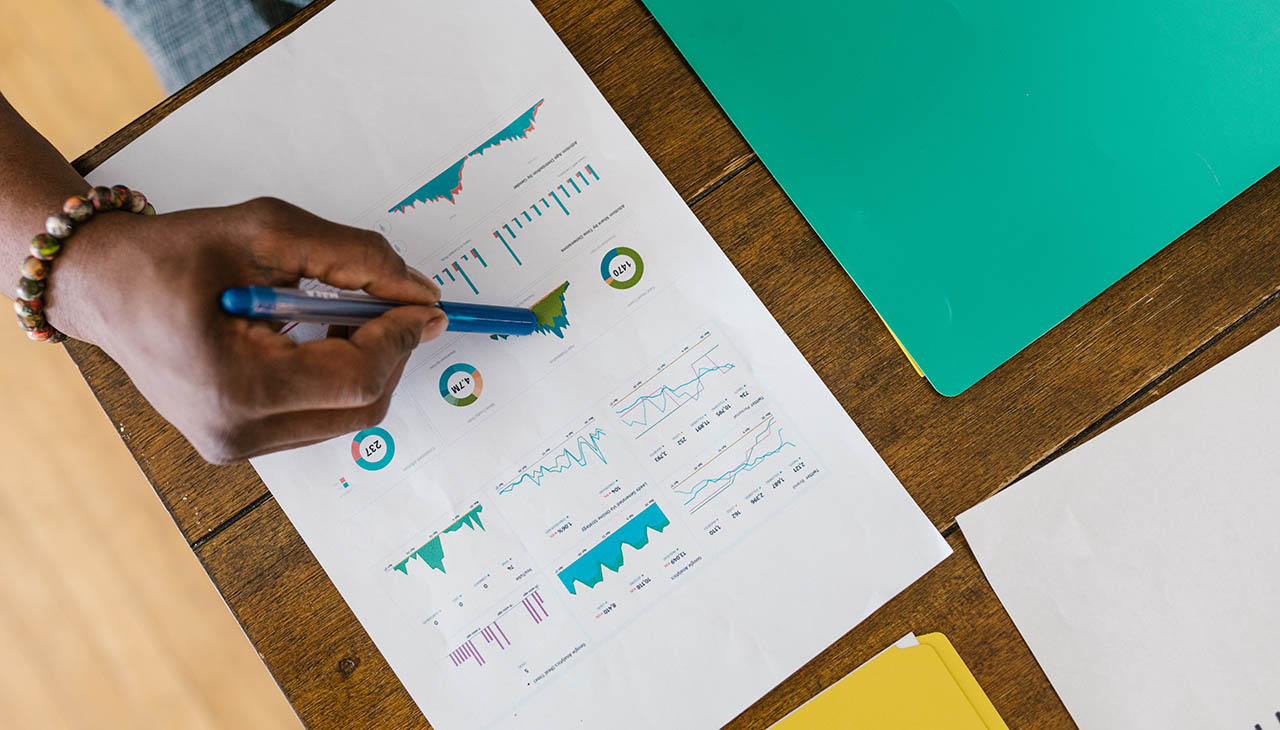Forex trading has always been a complex and highly volatile market. With trillions of dollars being traded daily across the globe, traders are constantly searching for ways to gain an edge over their competitors. One such way is through the use of algorithms, which are now being revolutionized by artificial intelligence (AI). In this article, we’ll explore how AI is changing the game in forex trading and uncover the secrets behind these powerful trading tools.
Understanding Forex Trading Algorithms
Forex trading algorithms are computer programs that use mathematical and statistical models to analyze market data and execute trades automatically. These algorithms are designed to take advantage of market trends, patterns, and movements to generate profits for traders.
There are different types of algorithms used in forex trading, including trend-following algorithms, mean-reversion algorithms, and high-frequency trading algorithms. Trend-following algorithms are designed to identify and follow trends in the market, while mean-reversion algorithms are used to identify situations where the currency has reached an extreme value and is likely to revert to its average value soon. High-frequency trading algorithms use complex algorithms to buy and sell currencies at high speeds, taking advantage of small price changes in the market.
Algorithmic trading strategies are carefully developed and tested by traders to ensure they are profitable. These strategies can incorporate a wide range of factors such as technical analysis, fundamental analysis, and news events.
While algorithmic trading offers many benefits including speed and efficiency, it also has drawbacks such as the potential for technical errors and a lack of human intuition and adaptability. Traders need to understand the risks associated with algorithmic trading and have appropriate risk management protocols in place.
The Rise of AI in Forex Trading Algorithms
The rise of artificial intelligence (AI) has brought about significant advancements in forex trading algorithms. AI-based algorithms use machine learning and deep learning techniques to analyze vast quantities of data and identify patterns that are not easily recognizable through traditional technical or fundamental analysis.
Machine learning algorithms use historical data to train models to recognize patterns and make predictions about future data. Deep learning algorithms, on the other hand, use neural networks to learn and make predictions based on massive amounts of data. This allows AI-based algorithms to adapt and improve their strategies over time.
Many successful AI-based trading strategies have emerged in recent years, including sentiment analysis algorithms that analyze news articles and social media posts to determine market sentiment, and pattern recognition algorithms that use image recognition techniques to analyze Forex charts.
These AI-based algorithms have shown great promise and have outperformed traditional algorithmic trading strategies in many cases, offering increased accuracy and efficiency in decision making. As a result, more and more traders are turning to AI-based algorithms to gain an edge in the highly competitive forex trading market.
Advantages of AI-based Forex Trading Algorithms
There are several advantages of using AI-based Forex trading algorithms over traditional algorithmic trading strategies.
Firstly, AI-based algorithms can analyze vast quantities of data in real-time, allowing traders to make quicker and more informed decisions. Traditional algorithms require human input and can only process a limited amount of data at a time, whereas AI-based algorithms can process huge amounts of data from multiple sources simultaneously.
Secondly, AI-based algorithms can identify patterns and trends that are not easily recognizable through traditional technical or fundamental analysis. This means that they can adapt to changing market conditions and provide more accurate predictions about future market movements.
Thirdly, AI-based algorithms can improve risk management and decision-making by taking into account a wide range of factors, including market sentiment, news events, and economic indicators. This reduces the potential for human error and emotion-based decision-making.
Overall, the use of AI-based Forex trading algorithms offers increased accuracy, efficiency, and adaptability in decision-making, as well as improved risk management capabilities. As such, they provide traders with a significant advantage over traditional trading strategies.
Future of AI-based Forex Trading Algorithms
The future of AI-based Forex trading algorithms looks promising, with continued advancements in AI technology expected to bring about new and improved strategies.
AI-based algorithms are becoming more accessible and user-friendly, making them more widely adopted by traders of all levels. In addition, improvements in data processing capabilities and machine learning techniques are expected to further enhance the accuracy and efficiency of these algorithms.
One area that is expected to see significant growth is the use of natural language processing (NLP) in Forex trading. NLP algorithms can analyze news articles, social media posts, and other sources of text data to determine market sentiment and predict future market movements.
Another area that is expected to see growth is the integration of AI-based algorithms with blockchain technology, allowing for the creation of decentralized Forex trading platforms that are more secure and transparent.
However, the rise of AI in Forex trading also raises ethical concerns, such as the potential for market manipulation and the impact on employment in the financial industry. As such, it is important for regulators and industry stakeholders to carefully consider the implications of AI-based Forex trading algorithms and ensure they are used responsibly.
Overall, the future of AI-based Forex trading algorithms looks promising, with continued advancements in technology and growing adoption by traders expected to drive further innovation and growth in the industry.
Conclusion
In conclusion, Forex trading algorithms have long been a powerful tool in the hands of traders seeking an edge in the highly volatile Forex market. However, with the rise of AI, these algorithms are being revolutionized, offering traders increased accuracy, efficiency, and adaptability.
AI-based Forex trading algorithms are becoming more accessible, and advancements in machine learning and natural language processing are expected to enhance their capabilities even further in the future. However, it is important to consider the ethical implications of these technologies and ensure they are used responsibly.



